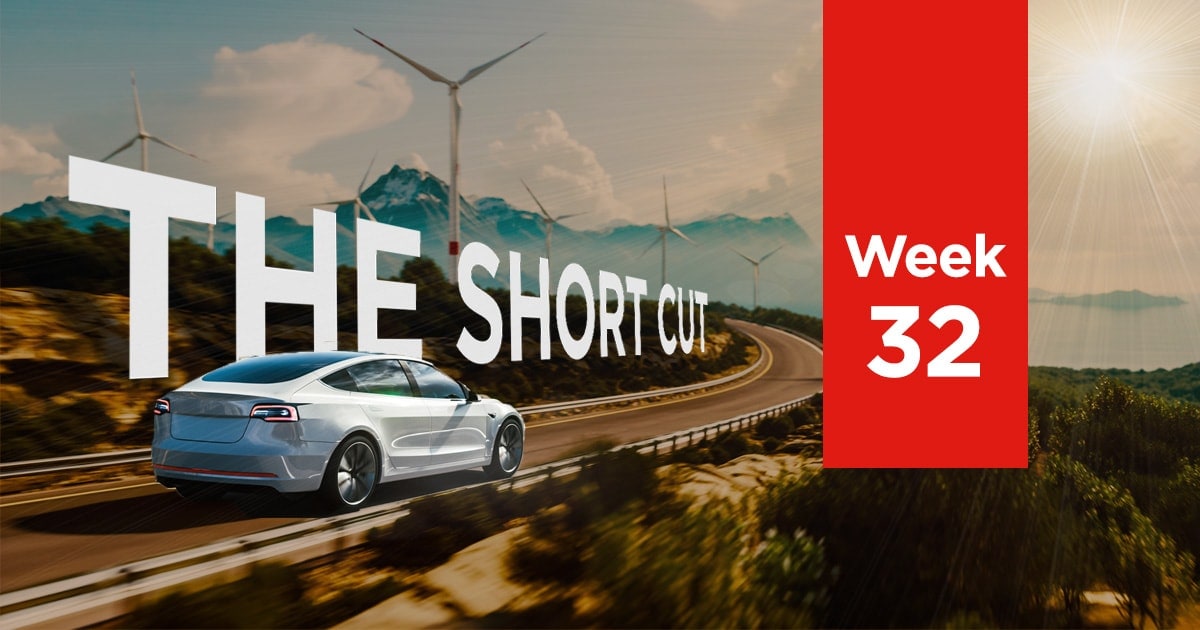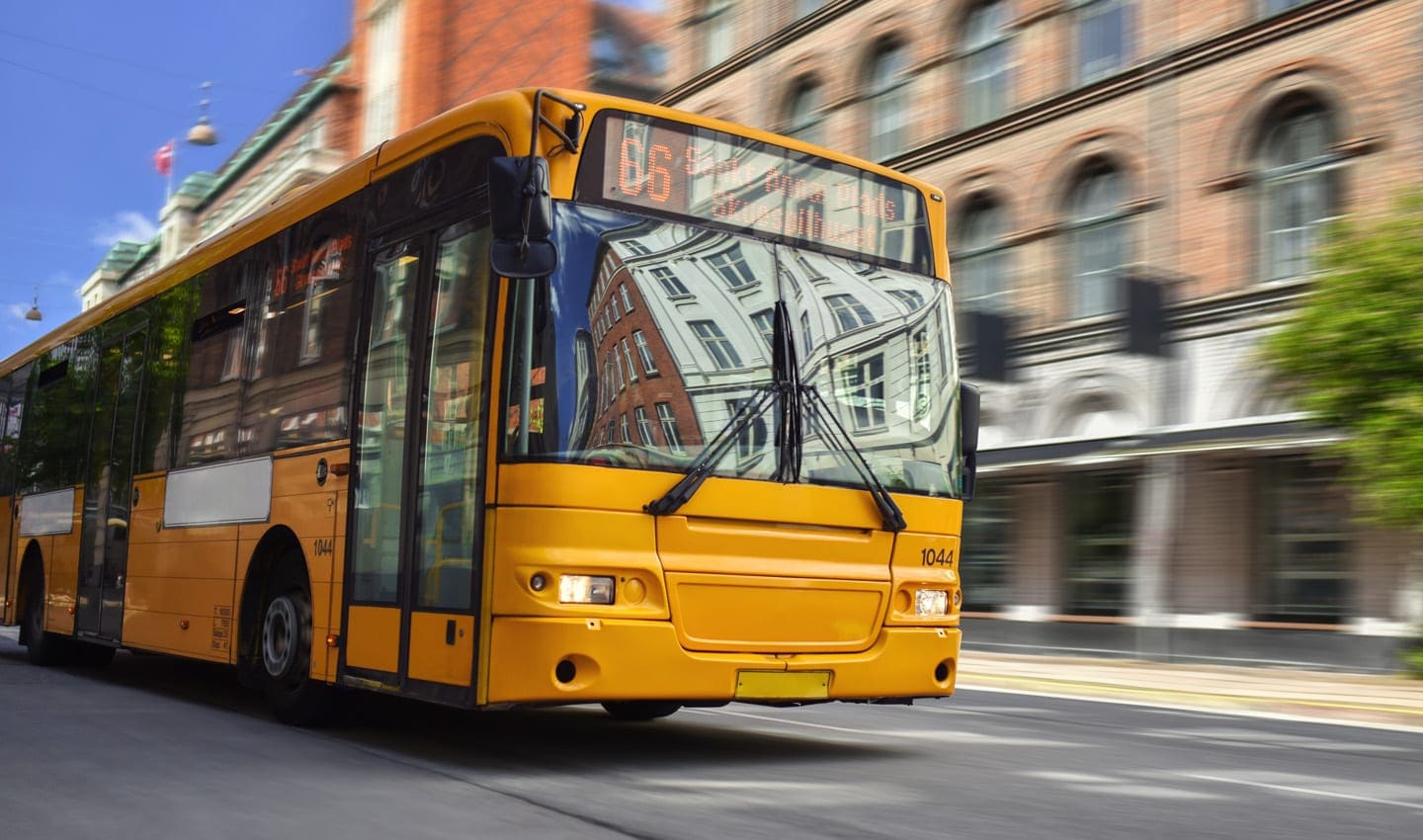
It’s that time of the week to veer off the beaten path and take The Short Cut. There’s a lot to discover and discuss — including how computer chip makers are the new MVPs, how school buses are being transformed to fully zero-emission fleets and much more.
Computer chip makers VS automakers
It’s never been more evident just how important the computer chip industry is. CleanTechnica reports that the shortages caused by a host of factors set in place by the pandemic have forced automakers around the world to cut over 13 million vehicles from production plans since the start of 2021.
C.C. Wei, chief executive of Taiwan Semiconductor Manufacturing Co., says that he never had an auto industry executive call him until the shortage was desperate.
According to Thomas Caulfield, CEO of semiconductor manufacturing company GlobalFoundries, the auto industry now understands it can’t leave the fabrication of microchips to the computer chip industry.
But with problems come solutions, and things are certainly starting to change. For example, Ford announced it will work with GlobalFoundries to secure its supply of chips. Other companies have also stepped forward to invest more in chip manufacturers, the company ON Semiconductor is receiving billions of dollars’ worth of investment from automakers every year in order to scale its operations.
The recent willingness of automakers to engage with chipmakers could result in the creation of new business opportunities and mitigate supply risks.
The biggest challenge for automakers will be hiring and retaining the right chip engineers/manufacturers during a time where manufacturers are spoilt for choice.
Will kids in the US be taking electric buses to school in 2035?
All across the US, the transition to electric school buses is accelerating at a phenomenal rate. According to Forbes, California’s Modesto City Schools is converting nearly half of its diesel fleet to electric power. Boston is also converting 700 buses and New York just passed a bill to convert all its statewide school buses by 2035.

Diesel-powered school buses in the US will soon be converted to electric models.
Electric school buses currently only make up 1% of the fleet in the US. However, with 38 states committing to electrifying their school buses, which will create an influx of 12,275 of these electric vehicles, we can expect that percentage to rise.
By going electric, not only will maintenance and fuel costs decrease, but the air will be cleaned up for the children, exposing them to less toxic fumes and pollution.
Buses in Reading, UK are making a statement on climate change
It’s not just Americans using buses to tackle climate change. University of Reading students in the UK redesigned a bus and took it around the city to show off a stripe design as a way of bringing awareness to climate change.
The stripes change color, showing how the average global temperatures have increased since the 1860’s. On average, blue stripes indicate cooler years, while red stripes indicate hotter years.
BBC news quoted a Reading Buses spokesperson who says that it also aims to remind people that using public transport is one of the easiest ways to cut emissions.
VW is taking to the skies with its new flying taxis
VW is the latest automaker to reveal a flying taxi. Last week, Its division in China unveiled what it calls the ‘Flying Tiger’ due to its sleek gold and black design. It’s only a prototype at the moment, but IoT World Today reports that production isn't far off. It will be able to carry up to four people and their luggage over a distance of 124 miles at 124mph. It can operate autonomously or with a pilot depending on the passengers' preferences.
Based on existing autonomous driving solutions and battery technology, this new aircraft is promising to provide emissions-free mobility. The aircraft will have eight rotors for vertical takeoff and two propellers for horizontal flight. Several test flights are scheduled for later this year to fine-tune the concept before more upgrades are implemented by summer 2023.
MIT Researchers create artificial vision based on a fiddler crab’s eyes
MIT researchers from the university’s Computer Science and Artificial Intelligence Laboratory (CSAIL) have developed an artificial imaging system that resembles, and is based on, the eyes of the fiddler crab. This device can be used like a periscope and works on both land and underwater.

Fiddler crabs are known for having omnidirectional eyes, perched on long stalks.
The fiddler crab’s eyes have a wide field of view, capable of seeing 360-degrees due to the fact that their eyes are raised above their heads. According to Times Now, researchers have tested this artificial eye by observing five different objects — a dolphin, an airplane, a submarine, a fish and a ship. They were each measured at different distances and projected onto the artificial vision system from different angles.
Unlike conventional cameras, this spectacular camera can achieve unique capabilities such as the potential to monitor environments from every angle at any given moment. Imagine being able to have a monitor in your car that is able to see every inch around your vehicle at any given notice, no need to crane your head around to check your blind spots anymore.
That's it for this edition of The Short Cut, we'll see you next week. In the meantime, drive safe!
People also read
)
Meet the devs that coded their way out of the coronavirus chip shortage
)
The future of driving is electric, here's why
)
Going green together – How partnerships are essential for a sustainable future
* Required field. By submitting your contact details to TomTom, you agree that we can contact you about marketing offers, newsletters, or to invite you to webinars and events. We could further personalize the content that you receive via cookies. You can unsubscribe at any time by the link included in our emails. Review our privacy policy. You can also browse our newsletter archive here.
)